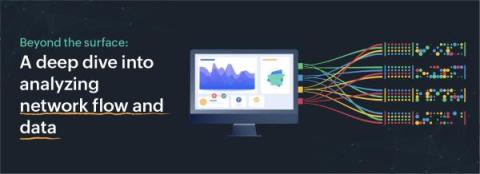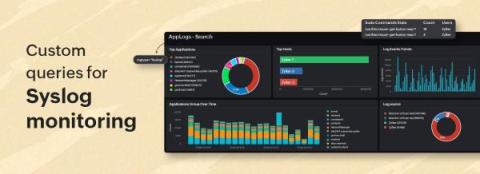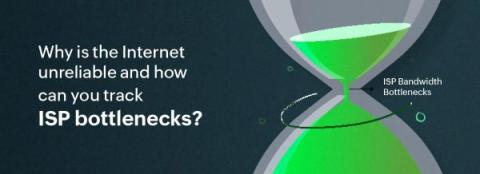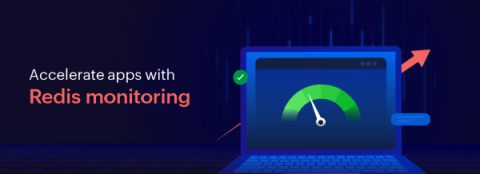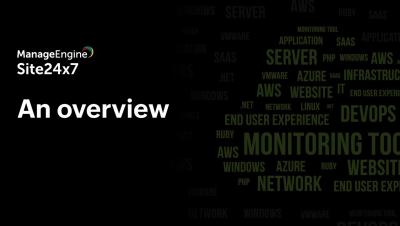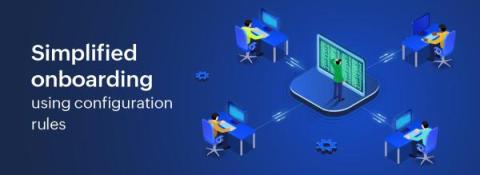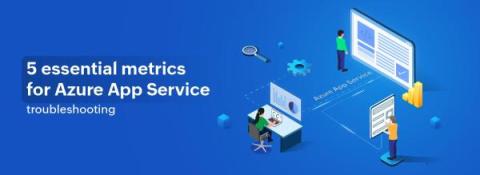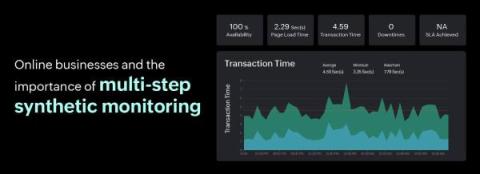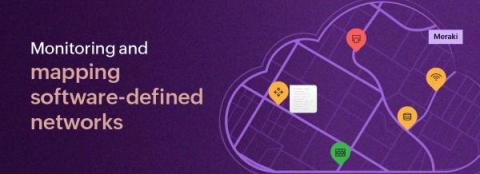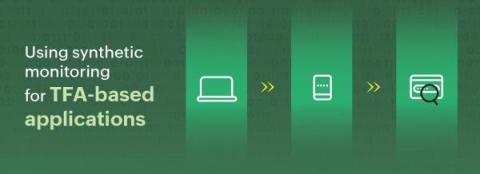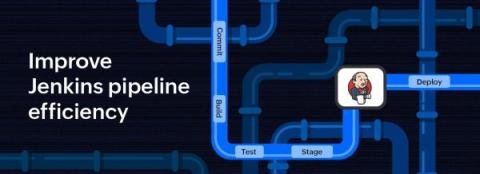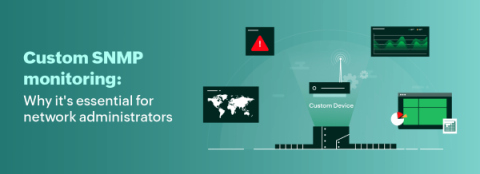From chaos to clarity: Using NetFlow analysis for efficient network management
Analyzing network traffic data can quickly descend into chaos due to the increasing number of devices and applications in organizations, making it difficult to untangle the complexity manually. Many organizations now use network traffic analyzers to streamline this process. But what exactly is a network traffic analyzer, and how can it help with effective network management? Let's explore this in detail.


